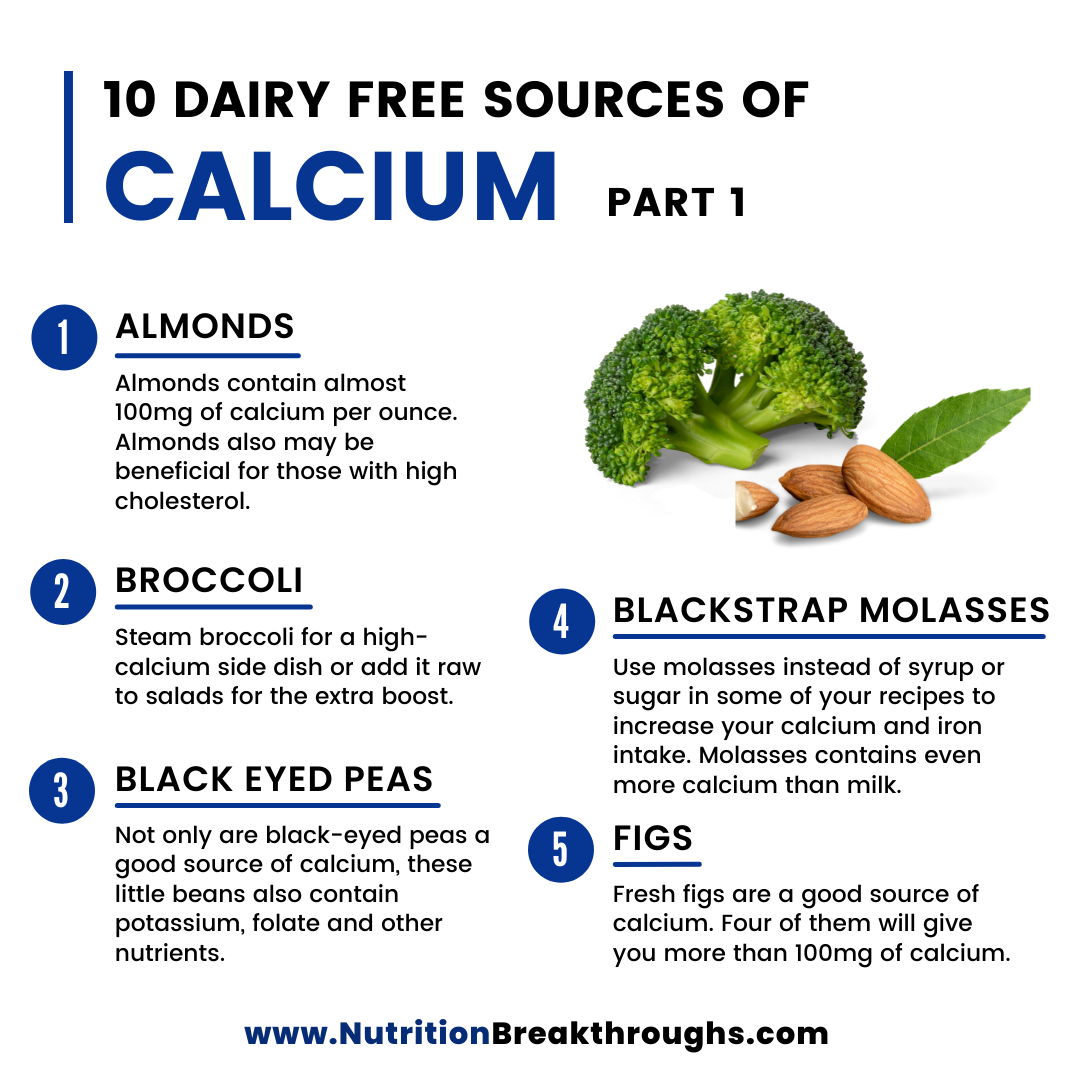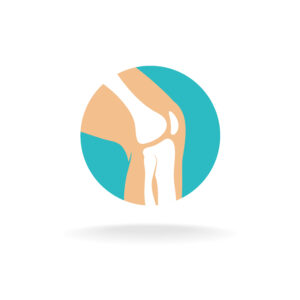 Here’s a short vitamin D primer that also includes how it can affect insomnia. Shared by Nutrition Breakthroughs, maker of Sleep Minerals II
Here’s a short vitamin D primer that also includes how it can affect insomnia. Shared by Nutrition Breakthroughs, maker of Sleep Minerals II
***********************
Do you struggle with falling asleep or staying asleep at night? If so, you are not alone. Every night, millions of people lie in bed hoping for a restful night’s sleep that does not come.
It is estimated that one in three people will develop acute insomnia every year, and about 10% of these individuals will struggle with insomnia for several months at a time.
Insomnia can wreak havoc on one’s ability to live a normal, productive life. In fact, lack of sleep can lead to mood changes, memory loss, and impaired judgement. In addition, unresolved or unmanaged sleep disorders can increase the risk of chronic pain, depression, and a compromised immune system.
There are a variety of sleep medications on the market to help manage insomnia. However, the side effects often lead to a new set of health complications. As a result, many people have begun searching for a safer, natural alternative to promote a healthier sleep cycle. Of the options on the market, vitamin D is proving to be a serious contender.
Vitamin D at a glance
Vitamin D has been making media headlines for over two decades. Originally believed to be important solely for bone health, research continues to uncover a wide range of additional health benefits of maintaining optimal levels.
Unfortunately, despite the thousands of studies that have showcased the body’s need for vitamin D, deficiency remains highly prevalent. This is due to a variety of factors, including but not limited to:
- Indoor lifestyle
- Sunblock use
- Avoidance of mid-day sun exposure
- Lack of supplement use
- Imbalanced diet
- Obesity
Often, people who are vitamin D deficient experience symptoms like fatigue, joint and muscle pain, frequent infections and insomnia.
How vitamin D status may impact sleep quality
Vitamin D is not just a vitamin, it’s a hormone. That means, after undergoing a couple of activation processes in the body, it binds to cells throughout the body to regulate a wide range of bodily functions.
Hormones are fat-soluble substances derived from cholesterol. They are produced by glands such as the thyroid, adrenals and pancreas, and then released into the bloodstream to reach target cells. These include cortisol made by the adrenals, testosterone, estrogen and yes, vitamin D.
So, how may vitamin D impact sleep? Vitamin D receiving points are located throughout regions of the brain that regulate our mood and sleep patterns. This has led researchers to theorize that vitamin D helps regulate the circadian rhythm, which is our body’s internal clock that instructs us when to sleep, eat, and rest.
- Several studies have supported this theory by reporting a relationship between healthy vitamin D levels and improved sleep quality. In addition, a recent study found that vitamin D deficiency is associated with an 11-fold increased odds of resistance to sleep medication. This means that the people who didn’t respond to sleeping drugs had a lower level of vitamin D in their body.
Best sources of vitamin D
Thankfully, there are a variety of ways one can ensure they are receiving enough vitamin D to promote healthy sleep cycles. This includes safe sun exposure (avoiding getting burned), supplementation, and eating a balanced diet.
Now more than ever, foods are being fortified with vitamin D in an effort to better support the body’s needs. However, people frequently ask, which form is better, vitamin D2 or D3?
Vitamin D2 is obtained through the diet and is produced by plants; whereas D3 is naturally produced when the skin is exposed to the sun and it can be consumed via animal sources in the diet.
Vitamin D3 is more bioavailable than D2, meaning this form is more efficiently utilized by our bodies. For this reason, experts recommend people ensure they are receiving ample amounts of vitamin D3 per day.
Top sources of vitamin D rich foods
- Cod liver Oil is the most potent dietary source for vitamin D3. In just one tablespoon, you can receive 1,360 international units (IU) vitamin D3. In addition to vitamin D, cod liver oil is rich in vitamin A and omega-3 fatty acids.
- Fatty fish, such as salmon, sardines and mackerel are the best dietary sources of vitamin D, with about 500 IU vitamin D3 content in just three ounces of cooked fish. Also rich in omega-3 fatty acids, these sources offer a heart-healthy option for those looking for a balanced dietary approach to maintaining healthy vitamin D levels.
- Plain greek yogurt is another healthy option to provide some of your daily vitamin D needs. Known for its probiotics, greek yogurt helps support a healthy intestinal tract. In addition, it is a great snack for people who struggle with hyperglycemia (high blood sugar) due to its high protein, low carbohydrate ratio. It also contains calcium, magnesium and about 80 IU vitamin D per 6 oz serving.
- Eggs offer another beneficial source of vitamin D3. They generally contain about 40 IU per yoke.
- Perhaps one of the most popular dietary sources of vitamin D is milk. It offers about 120 IU vitamin D3 per serving. Milk also provides a great source of calcium. For this reason, milk is an important dietary component to protecting bone health.
Final thoughts
If you struggle with insomnia and hope vitamin D may help improve your sleep quality, there are a couple important factors to keep in mind. First, consistency is key. Although time of day isn’t important when eating foods rich in vitamin D or taking an oral supplement, it is important that this is done on a regular basis.
Research suggests that taking a couple thousand international units (IU’s) of vitamin D per day between foods and supplements is ideal when addressing sleeplessness and insomnia.
One supplement that contains a good amount of vitamin D is Sleep Minerals II from Nutrition Breakthroughs. It also contains highly absorbable forms of calcium, magnesium, and zinc, which are all blended together with healthy oils to form an absorbable soft gel. Together, these vitamins and minerals work to help facilitate quality sleep. Vitamin and mineral deficiencies can cause one to wake up in the middle of the night and be unable to fall back asleep.
One Sleep Minerals II user in Massachusetts says: “I had become dependent on sleeping drugs and couldn’t sleep without them. Now I take the Sleep Minerals before bed and can sleep through the whole night without drugs. I’m also able to easily fall back to sleep if I do have to get up. Another benefit is this helps alleviate my chronic fatigue and aches and pains.”
Vitamin D is one of the master players in the game we all hope to win: Vibrant health, well-being and good sleep. Use it well in foods and supplements, as well as together with those minerals that are best-known for being relaxing insomnia remedies.
For more information, visit the Sleep Minerals II page.





